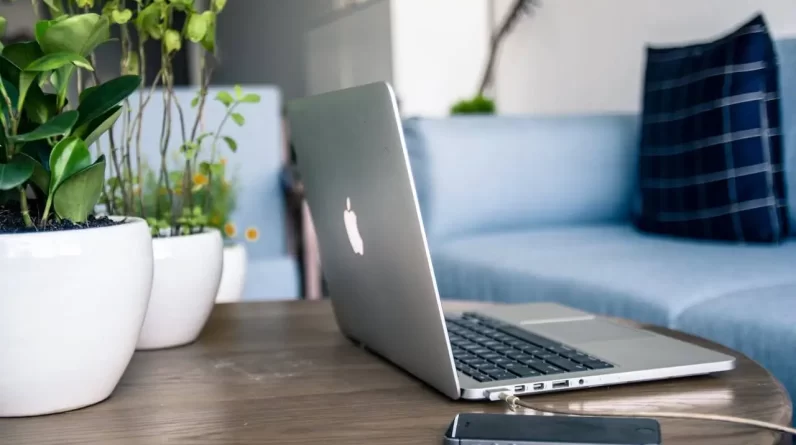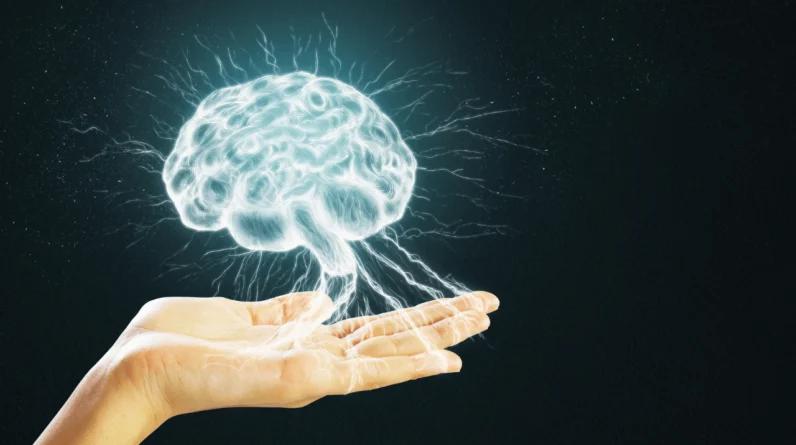
From smartphones and laptops to tablets and smartwatches, we’re surrounded by screens that demand our attention.
While these gadgets have undoubtedly made our lives more convenient in many ways, excessive use can lead to a host of problems, including:
- stress
- anxiety
- and difficulty focusing
And maybe you’ve been feeling all of the above.
It’s easy to reach for our phones and begin scrolling without a second thought about it. Before you know it, an hour or two has passed, and you’ve accomplished nothing besides potentially increasing your want for material goods or stealing a bit of joy from the day through comparison. We’ve all been there!
Yet, taking a break can help us reset and re-align with what is truly important in our lives (hello, real-human interaction!).
But, in a world where we rely on our digital devices, how can you do that exactly?
If the thought of putting your phone away for a set duration causes you to panic, don’t worry; we’re here to help you find a new balance. Below, we explore what a digital detox is and how you can do one yourself (with a step-by-step guide!).
What is a Digital Detox?
A digital detox is a conscious decision to stop using digital devices and engaging in online activities for a specified period.
Depending on your goals and preferences, this period can range from a few hours to several days or even weeks.
The main purpose of a digital detox is to reduce the amount of time spent staring at screens and engaging with technology, allowing you to focus on real-life experiences and interactions.
During a digital detox, you typically refrain from using:
- smartphones
- computers
- tablets
- and other electronic devices
This means no checking emails, scrolling through social media feeds, or watching videos online.
Instead, you dedicate your time to activities that don’t involve screens, such as:
- reading books
- engaging in hobbies
- spending time outdoors
- having face-to-face conversations with friends and family
The goal of a digital detox is to help you break free from the constant distractions and information overload that come with being constantly connected. By stepping away from your devices, you can reduce stress, improve your mental well-being, and cultivate a greater sense of presence in your daily life.
A digital detox can also help you reevaluate your relationship with technology and develop healthier habits for managing your device usage in the long run.
So, let’s get started!
How Do I Detox Myself Digitally?
The good news is there are multiple ways to do a digital detox. Here are a few common ones to try.
Step 1: Set your goals and timeline.
Determine how long you want your digital detox to last.
An afternoon or a day is a good starting point, but you can adjust the duration based on your needs and comfort level. Set clear goals for what you hope to achieve during this time, such as reducing stress, improving sleep, or reconnecting with loved ones.
Alternatively, you can plan chunks of time to “digital detox.” For instance, you can opt to put your phone away after 7 pm every night or avoid using your phone when interacting with friends and family.
Step 2: Notify important contacts.
Let your family, friends, and colleagues know that you’ll be unavailable via digital channels during your detox.
Provide them with alternative ways to reach you in case of emergencies, such as a landline phone number or a designated contact person.
NOTE: This is only necessary if you’re doing a full day or longer for your digital detox. We recommend starting small, such as with a couple of hours.
Step 3: Plan your screen-free activities.
Make a list of activities you’d like to engage in during your digital detox.
This can include reading, writing, drawing, crafting, exercising, spending time in nature, or trying a new hobby. Having a plan in place will help you stay focused and avoid the temptation to reach for your devices!
Step 4: Create a device-free environment.
Designate specific areas in your home or workplace as device-free zones.
Remove televisions, computers, and other digital devices from your bedroom to create a relaxing sleep environment. Consider using a traditional alarm clock instead of your smartphone to avoid the temptation to check your phone first thing in the morning.
Related Article: Your Sense of Self: What it is & 10 Ways You Can Develop It
Step 5: Unplug and store your devices.
When your digital detox begins, power down your devices and store them out of sight.
If you need to use a computer for work or essential tasks, limit your usage to specific times of the day and avoid using it for leisure activities.
Step 6: Embrace offline activities.
Immerse yourself in the screen-free activities you planned earlier. Engage in face-to-face conversations, enjoy outdoor activities, and rediscover the joy of being present in the moment. Keep a journal to document your experiences and reflections during the detox.
Related Article: 30 New Hobbies List: Lower Stress & Boost Your Confidence
Step 7: Reflect and reintroduce devices mindfully.
At the end of your digital detox, take some time to reflect on your experience.
Consider what you learned about yourself and your relationship with technology. As you reintroduce devices into your life, be mindful of your usage and set boundaries to maintain a healthy balance.
It can further help to limit time spent on apps. For example, on an Android phone, you can access the digital well-being setting and set your time limits accordingly. You can do the same for an iPhone in the app use limits settings.
Is a Digital Detox Worth It?
In short: Absolutely! Taking a break from digital devices and engaging in a digital detox can offer a wide range of benefits for your mental, physical, and emotional well-being, such as:
- Reduced stress and anxiety
- Improved sleep
- Improved focus and production
- Enhanced creativity
- Better problem-solving
- Stronger interpersonal relationships
- Increased self-awareness
- Improved physical health
Start With Small Steps First…
Going full-throttle, such as a week, can be overwhelming and extreme.
Instead, try putting your devices away for an hour or two, then extend that time and so on. This can help you curb smartphone addiction and offer more fulfillment in your daily life!
As J.K. Rowling has said, “The internet has been a boon and a curse.” While it’s afforded us many luxuries, it’s also come with some heavy stuff, like increasing mental health issues.
But – we can make smart choices regarding our own lives and work toward a more balanced and healthier approach to using our digital devices.
Let us know how your digital detox goes! Check in by leaving us a comment below.
Related Article: What is Dopamine Fasting & Can it Help Your Brain Calm Down?
Photo by Pixabay







